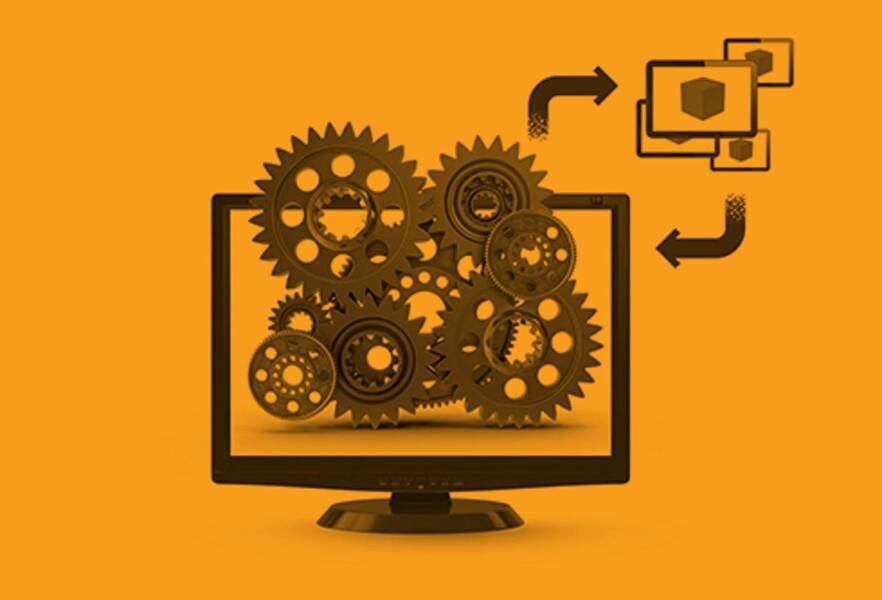Remote desktop monitoring is crucial for monitoring the activities on the virtual desktops and providing a fruitful experience to the users. When it comes to remote desktop monitoring, Microsoft Windows Virtual Desktop can help you to organize virtual applications and desktops and ensure protected remote work.
In the case of installing Microsoft RDS, the simplification and effective monitoring of RDS management are crucial. However, to protect and maintain the effectiveness of your environment, you can take a support service from a reputed organization that can provide script action and appropriate information so that you can make strategic decisions confidently and intelligently. In this article, we will help you to know some essential things about Microsoft RDS monitoring.
Simple Microsoft RDSH Management:
Visibility lack is a very common issue when it comes to native RDSH management into well-grained performance metrics. Native RDSH management also creates an issue and that is it can only provide a restricted set of remediation actions. Therefore, the administrators should detect and understand the real cause of the issues as soon as possible for the simplification of RDS management. The administrators should also be able to access the performance metrics’ real-time view of the servers, user sessions, and processes. The accessibility to a unified dashboard is also important for different types of hypervisors, for instance, Hyper-V.
Optimizing RDSH Performance:
Careful RDS deployment is crucial because multiple users work on the same server and therefore, the action of one user can negatively impact the other user sessions. Thus, to find out the real cause of the issues, the administrators should go through various computing layers and collect important data. They should also take efficient actions to renovate the service very soon.
End-User Support:
For providing effective end-user support, Microsoft RDS monitoring plays a crucial role. Inefficient end-user support can hamper an organization’s productivity. In order to counter the issues that a user may face and to enable effective application troubleshooting, the deployment of several contextual management actions is critical. Nevertheless, whenever you are trying to run the restricted commands within a particular user session or want to quickly adjust the settings, you can utilize “Kill Policy” so that you can avoid the Group Policy’s restriction temporarily.
Monitoring the User Experience:
For the betterment of an organization’s productivity and the experience of the users, the organization’s IT team should work to recognize the issues early. If an organization does not want its end-users to face the issues, the IT team should immediately solve the issues including poor application response time, slow log-on duration, etc. To help the administrators recognize and solve the issues, an immediate notification facility or a live view of the virtual environment is essential.
Historical Reporting:
The accessibility to live information is important for efficient RDS management. Access to the past data is vital to recognize the past issues. The availability of historical reports, such as application activity, resource consumption,user experience, licensing, user activity, system health, etc. helps an organization to find out the sources of past problems and fix them.
An effective understanding of the above-mentioned things will help the administrators to monitor Microsoft RDS efficiently.
TechnologyHQ is a platform about business insights, tech, 4IR, digital transformation, AI, Blockchain, Cybersecurity, and social media for businesses.
We manage social media groups with more than 200,000 members with almost 100% engagement.
